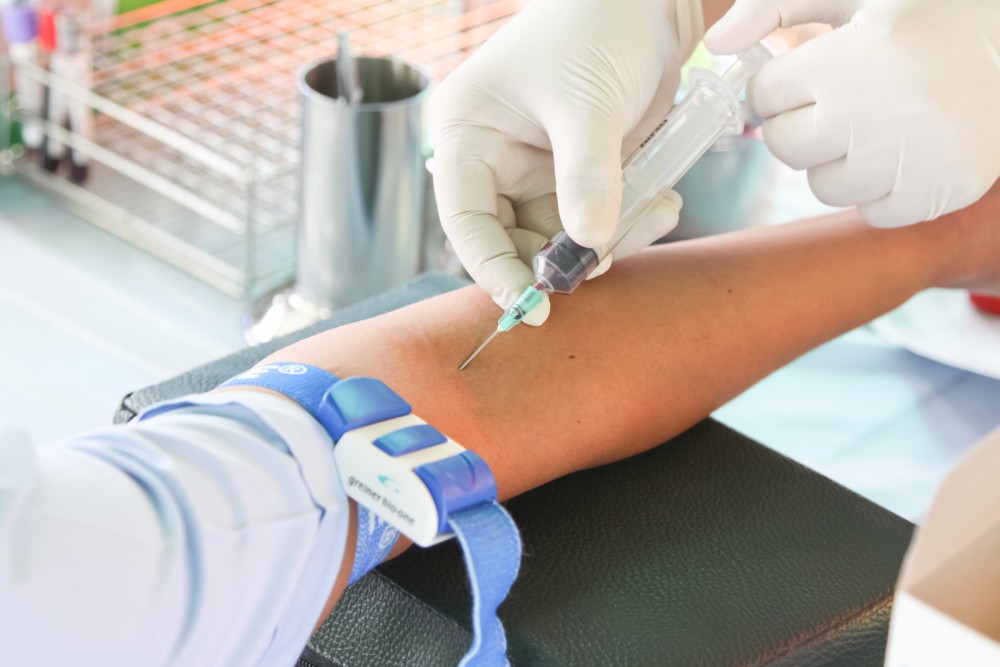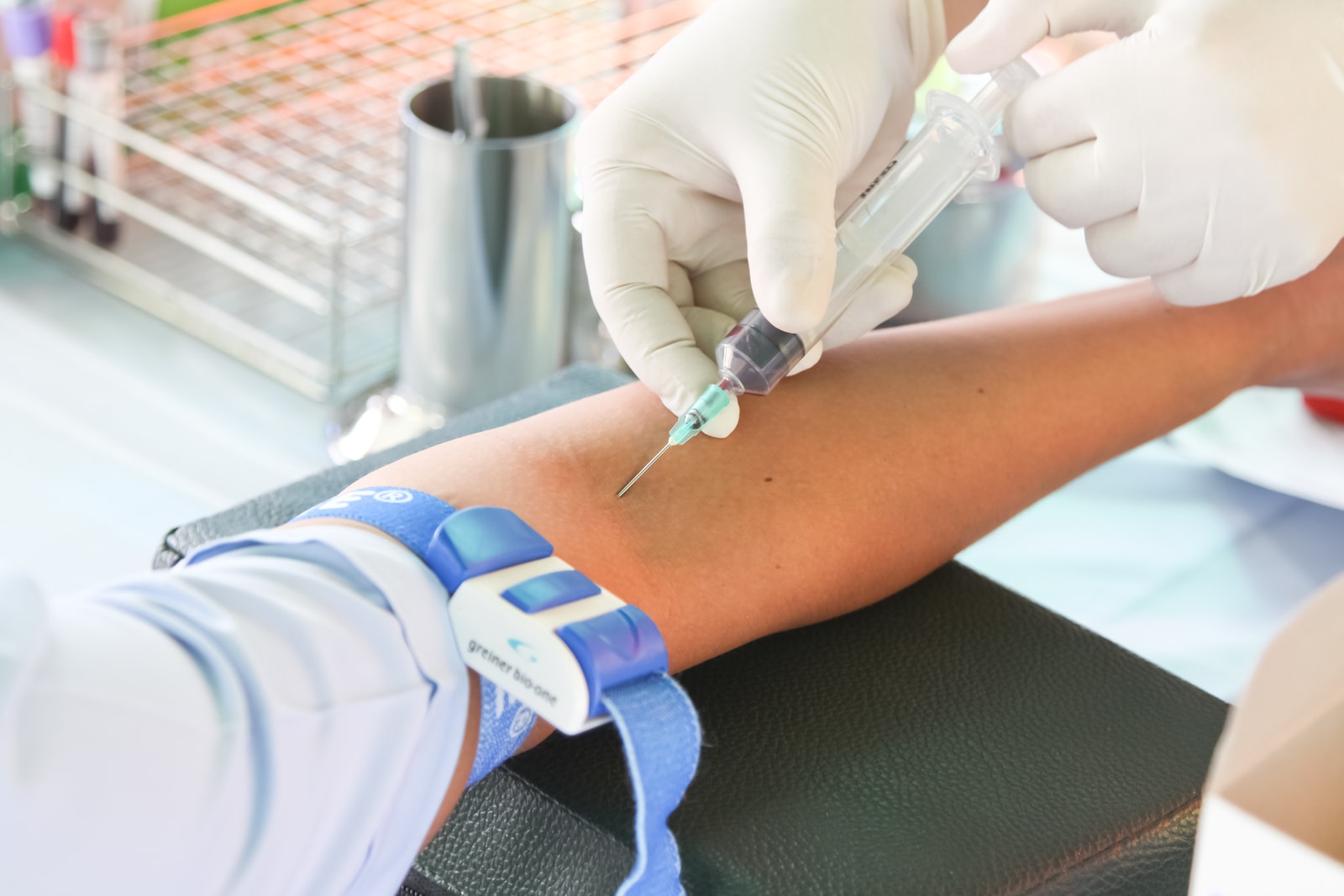
Concussions are common.
They occur when the brain collides with the inside of the skull, and they’re quite possibly the most common sports injury in the world today. But that doesn’t make them any easier to diagnose, and an undiagnosed concussion is a very dangerous thing.
Even at the highest levels of sports, most medical doctors diagnose concussions based on symptoms like headache, memory loss, dizziness, confusion, sleepiness, ringing of the ears, and a lack of coordination. All of these symptoms, or any combination thereof, can be a pretty good indicator of a concussion, but the problem isn’t with the specificity or efficacy of the symptoms.
Instead, it’s with when they occur and what exactly they mean.
Sometimes, symptoms of a concussion take hours or days to become apparent. Worse yet, the imaging technology currently being used to diagnose concussions can’t detect anything other than significant bleeds and lesions on the brain. Smaller symptoms, that may suggest serious issues, can get completely overlooked during a symptoms analysis, and over time, might lead to disorders like dementia and chronic traumatic encephalopathy (CTE).
A more conclusive concussion test would allow doctors to more accurately and consistently diagnose concussions, and to pinpoint symptoms of more serious problems before they manifested into insidious and significant problems.
That test isn’t quite ready for public deployment, but according to a group of researcher scientists from universities across the country, it’s close.
You Might Also Enjoy: “Concussion” Depicts Struggles of a Pathologist Against NFL
Testing Blood for Traumatic Brain Injuries
Published in the journal JAMA Neurology, the study analyzed 600 patients who had been treated at trauma centers during the four-year span between 2010 and 2014. Every single one of the 600 patients had been rendered unconscious, disoriented, or forgetful from severe damage to the head.
Each of these patients gave blood samples when they were admitted to the trauma centers. They were asked to give follow-up samples throughout their recovery periods. It was with these blood samples that researchers began to notice patterns in the patients, specifically in a biomarker called glial fibrillary acidic protein, or GFAP.
Tests showed that GFAP levels rose for about 20 hours after the initial head injury. Over the next three days, levels would steadily decline, but the GFAP was detectable for up to a week after the patients’ admittance to the trauma centers.
GFAP levels were 97% accurate in detecting mild to moderate traumatic brain lesions.
Lowering Costs and Improving Treatment
Based on these results, researchers believe that GFAP could prove to be a reliable sign of significant head trauma. If true, this finding will allow physicians to diagnose concussions more quickly and consistently, and provide immediate treatment to someone with head trauma who isn’t necessarily demonstrating any symptoms.
What’s more, this test could reduce the costs linked to concussion diagnosis. It will save doctors the time and effort of having to conduct CT scans on patients that may or may not be suffering from a significant head injury.
“We have so many diagnostic blood tests for different parts of the body, like the heart, liver and kidneys,” lead study author and Orlando Health physician Linda Papa said.
“But there’s never been a reliable blood test to identify trauma in the brain. We think this particular test could change that.”









